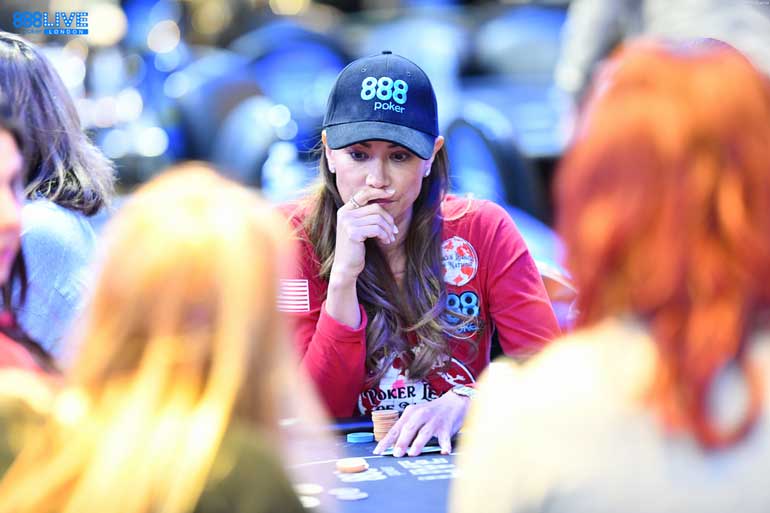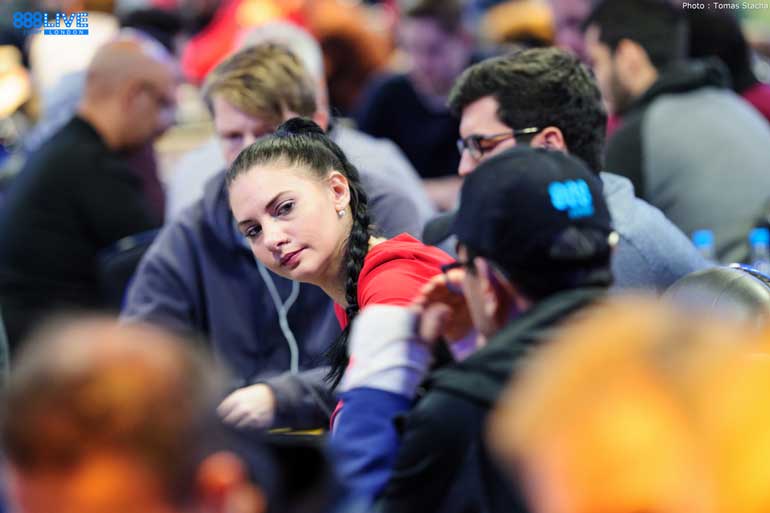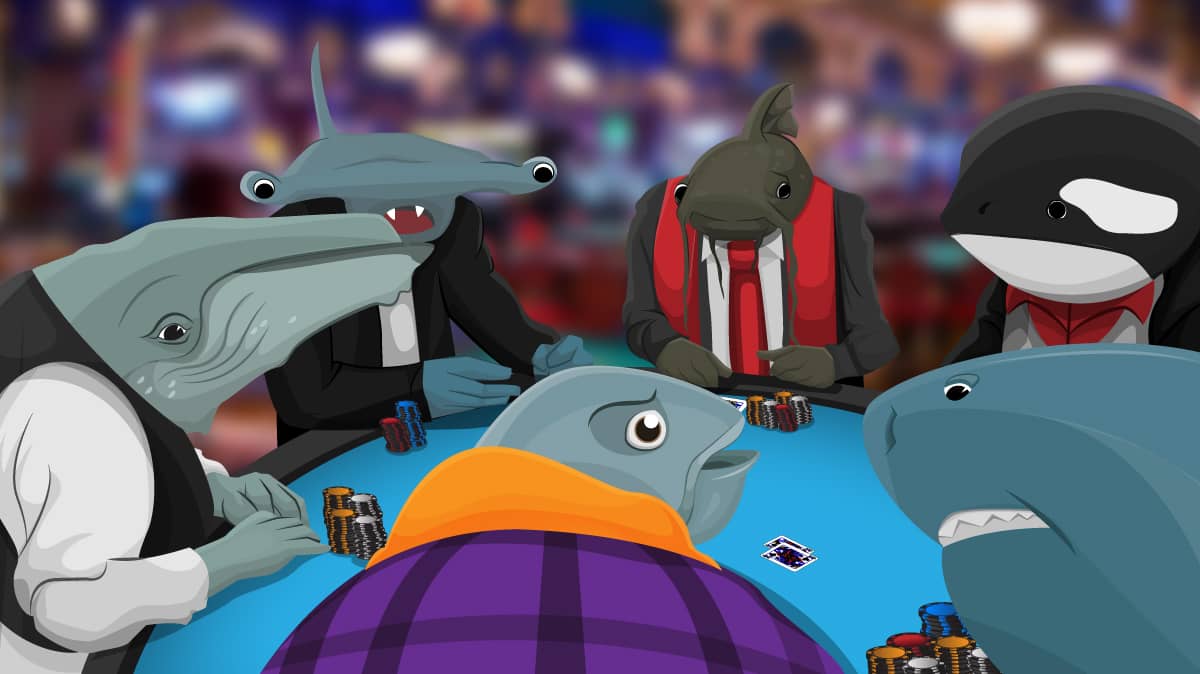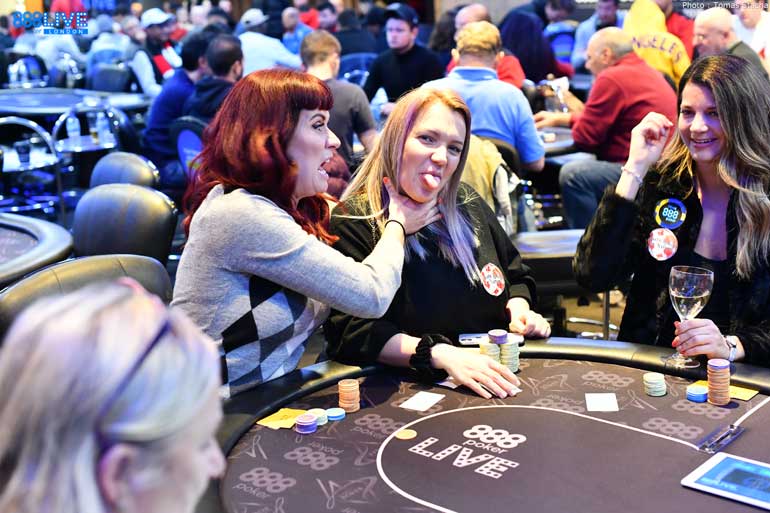Have you ever noticed the same types of players at your poker tables?
- There is the guy who 3bets a lot preflop and seems overly aggressive.
- Or maybe there is that guy who plays any two cards, and open limps a lot preflop.
- Or what about that guy who hardly ever enters the pot, always waiting for premiums.
Of course, every opponent we run into at the tables is technically different.
But we can’t help noticing that some of them seem to share similar tendencies.
Personality – Player Type - Profiling
 Personality – Player Type - Profiling
Personality – Player Type - Profiling
Grouping players into categories based on their playing style or ‘personality’ is player profiling.
Player profiling is a valuable skill because it helps us understand how to adjust our game plan based on our opponent’s play style.
This guide will introduce us to the most common types of poker personality profiles.
TAG - Tight Aggressive
TAG or ‘tight aggressive’ is sometimes described as the ‘king of poker styles’. More winning poker players fall into this personality type than any of the others.
This style is also the recommended type for newer players looking to make profits as quickly as possible.
The name ‘tight aggressive’ comes from the fact that this player profile enters the pot with a tight range of hands. They then proceed to play aggressively postflop.
 TAG - Tight Aggressive
TAG - Tight Aggressive
The skill level of TAG players varies. So, we shouldn’t assume a player is necessarily winning because they are using a tight-aggressive style.
In some cases, we might exploit a TAG player simply by giving them credit when they are making big bets postflop.
Check out this article for more information on the tight aggressive poker style.
LAG - Loose Aggressive
The loose-aggressive or LAG personality involves playing a broader range of starting hands preflop. Then they proceed to play aggressively postflop.
The LAG style can be highly profitable (often more profitable than TAG). But it requires more skill compared to playing TAG.
- So, this style is better suited to more advanced poker players.
Similar to TAG players, the skill level of LAG players varies. So, we shouldn’t assume that a player is winning because they are using a loose aggressive style.
In some cases, we might be able to exploit a LAG simply by calling down wider postflop if we suspect they are bluffing too much.
Check out this article for more information on the loose aggressive poker style.
Nit
The term ‘nit’ stands for an extremely tight profile. It’s a poker personality that shares some characteristics with TAGs. But their preflop hand selection is significantly tighter.
Nits are usually not great poker players (if they were, they’d play more hands). Despite this, a certain percentage of nits are winning players due to their ability to play tight and wait for big hands.
We can exploit nits by stealing their blinds relentlessly preflop. They we can immediately get out of the way postflop if they show interest in a pot.
‘Rock’ is another name given to this poker personality type. (Although some players argue that a rock is different from a nit.)
 Poker Personality – Nit
Poker Personality – Nit
Check out this article for more information on this poker style.
Passive Fish
The term ‘fish’ describes a weak poker player at the table. Some players find the name offensive, so it's usually better to not use that word while at the table.
We will loosely group fish into two personality groups, the first of which is passive fish.
These types play a similar number of hands to a LAG, but without any of the aggression.
The following actions characterise their play –
- Lots of checking and calling
- Very little betting and raising (even when they have a strong hand)
- They rarely 3bet preflop and prefer to limp preflop rather than open raising
This poker personality is nearly always losing. Aggression is essential in poker.
- It’s very difficult to generate a positive winrate without a decent amount of aggression.
We can usually exploit this profile simply by betting big with our decent hands. Passive fish tend to call down too wide.
Let’s assume a passive player starts playing aggressively. We should generally give them credit for having something big.
Aggro Fish
Similar to passive fish, aggro fish are weak poker players. The key difference is that they tend to prefer aggression over playing passively.
 Player Personality – Poker Fish
Player Personality – Poker Fish
In fact, the main problem with this poker personality is that they are often overly aggressive in bad spots. So, they often end up bluffing way too much in crucial situations.
Aggro fish may often make overly speculative calls because they assume that their opponents are bluffing a lot just like they are.
| On surface value, this poker personality may appear similar to the LAG. But the overall quality of decision-making is a lot lower in this case. |
We can generally exploit this player profile by playing a solid range of hands for value and looking for good spots to bluff-catch.
Donk
The term donk describes a terrible poker player. Similar to fish, the term might be considered offensive. So, it’s usually better not to use this word while at the tables.
Donks are significantly worse than fish. (Although some may use the terminology differently). This poker personality may not even be aware of the full rules of the game.
They often play a huge range of hands preflop (more than fish) and often make inconceivable call downs postflop.
We can often exploit this poker personality simply by refusing to fold all hands above a specific strength.
Maniac
A maniac plays even more hands than a LAG. Unlike aggro fish and donks, maniacs are often advanced players and may even be winning in the long run.
Winning maniacs are few and far between. It takes a considerable amount of skill to be a profitable maniac. Most maniacs are losing players since it’s tricky to play such a wide preflop starting range profitably.
 Poker Personality - Maniac
Poker Personality - Maniac
The following characterises the playing style of this poker personality –
- Ultra-wide preflop starting hand selection
- Relentless postflop aggression
- Decent amount of overbetting. (Overbetting means betting larger than the amount which is currently in the pot).
The key to playing against this poker personality is to keep in mind that they don’t have a legitimate hand most of the time.
Check out this article for more information on the maniac playing style.
Shortstack
In a cash game context, a shortstack is any player sitting with less than 100 big blinds remaining in their stack.
But some players deliberately buy in for less than 100bb as part of their strategy. These types of poker personalities are sometimes referred to as professional shortstackers.
- They try to take advantage of the fact that other players might not understand how wide to stack off when playing at a shallower stack depth.
- 3betting and potentially looking to get the stacks in preflop is a big part of professional shortstack strategy.
The best way to counter these types of opponents is research how to play when our stack depth is shallower.
Bot
The term bot is short for robot and describes a non-human player. (It can also refer to a human player with robotic tendencies and plays a substantial volume.)
Running a bot is against the terms and conditions of the majority of poker rooms. A room with a good security team will generally issue non-human players with a ban as soon as they are discovered.
Whether our opponent is a human with robotic tendencies or an actual bot, the response is the same.
| It’s necessary to observe them for a period and get a feel for what they are doing and how they are playing. |
Based on what we see, we can begin to probe particular parts of their strategy for weakness and slowly build our counterstrategy.
This process can often take a bit more time and patience than playing against the other types of poker profiles. But the rewards can be even greater if we successfully discover how to exploit a non-adjusting opponent.
Summary of Poker Personalities
To help summarise, let’s list the different types of poker personalities in a chart, along with their tendencies and the best way to counter them.
| Personality | Tendencies | Our Strategy |
| TAG | Selective with starting hands and aggressive postflop. | Look for good spots to bluff. Get out of the way when facing aggression. |
| LAG | Wide starting range and aggressive postflop. | Look for good spots to bluff-catch and potentially set traps. |
| Nit | Ultra-tight starting range, waiting for ultra-premiums postflop. | Steal blinds relentlessly preflop but get out of the way when facing aggression postflop. |
| Passive Fish | Wide starting range and very passive both preflop and postflop. | Play aggressively for value but be wary when facing aggression. |
| Aggro Fish | Wide starting range and aggressive both preflop and postflop | Play aggressively for value and be ready to bluff-catch quite wide. |
| Donk | Extremely wide starting range and clueless postflop play | Avoid folding hands above a specific strength. Expect a decent number of crazy bluffs. |
| Maniac | Hyper-aggressive play both preflop and postflop. Potentially intelligent and dangerous. | Be willing to bluff-catch wide and to set traps with stronger holdings. Usually not worth trying to out-aggress because this is what the maniac is great at doing. |
| Shortstack | Deliberately buys in with a short stack (perhaps 40bb or 50bb) and looks to commit the chips wide preflop | Learn the theory behind playing poker with shorter stacks, so we are not at a disadvantage. |
| Bot | Non-human player or human player with extremely robotic tendencies | Figure out the pattern employed and probe it for weaknesses. |
Next time you are at the poker tables, why not see how many different types of poker personalities you can spot?
You might even spot some that are not listed here.
Once you have assigned a personality type to each opponent at the table, think about how to use the information to develop winning counterstrategies.
Good luck!
Want a bit more info first? Check out this article on playing styles.
